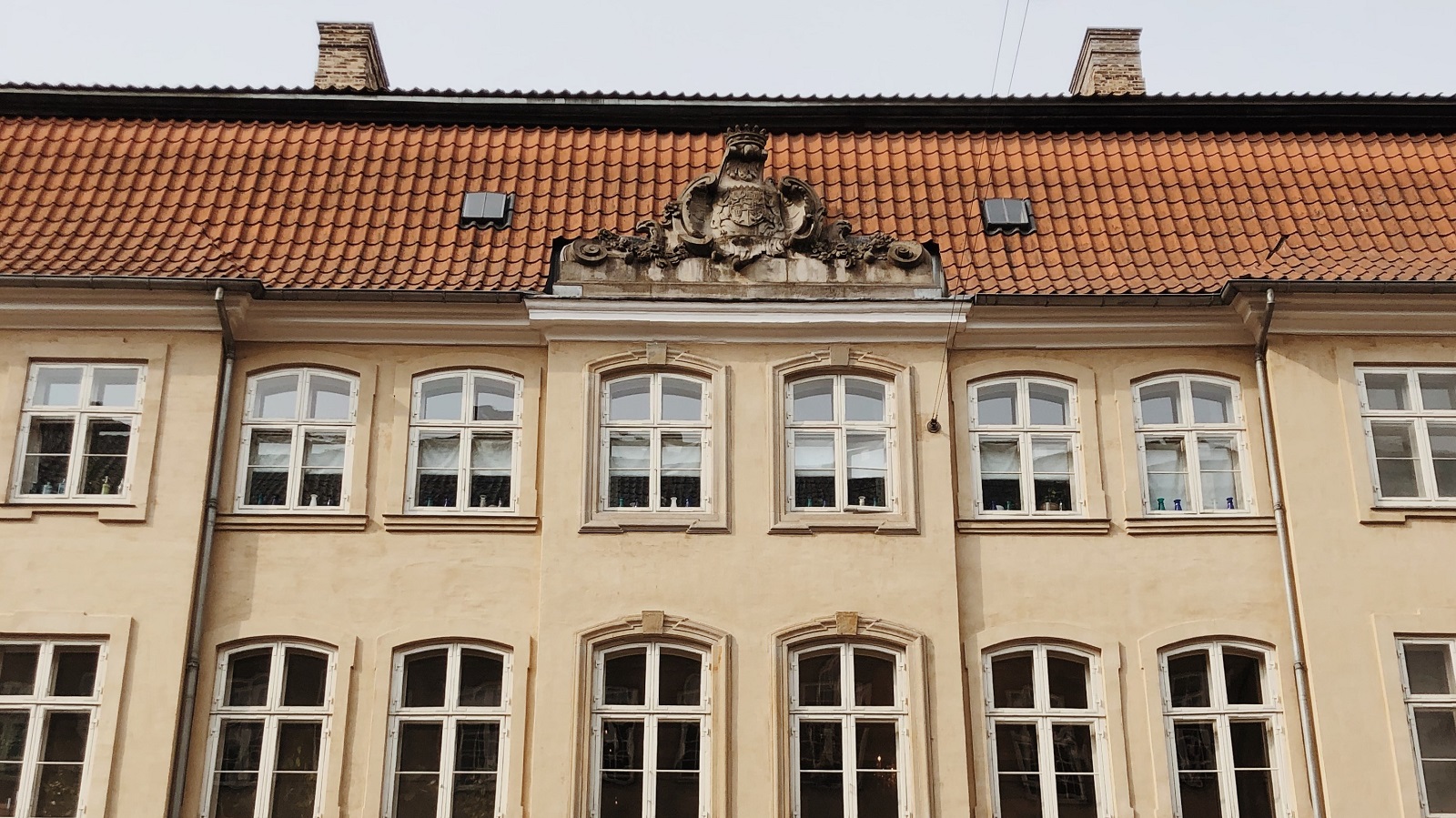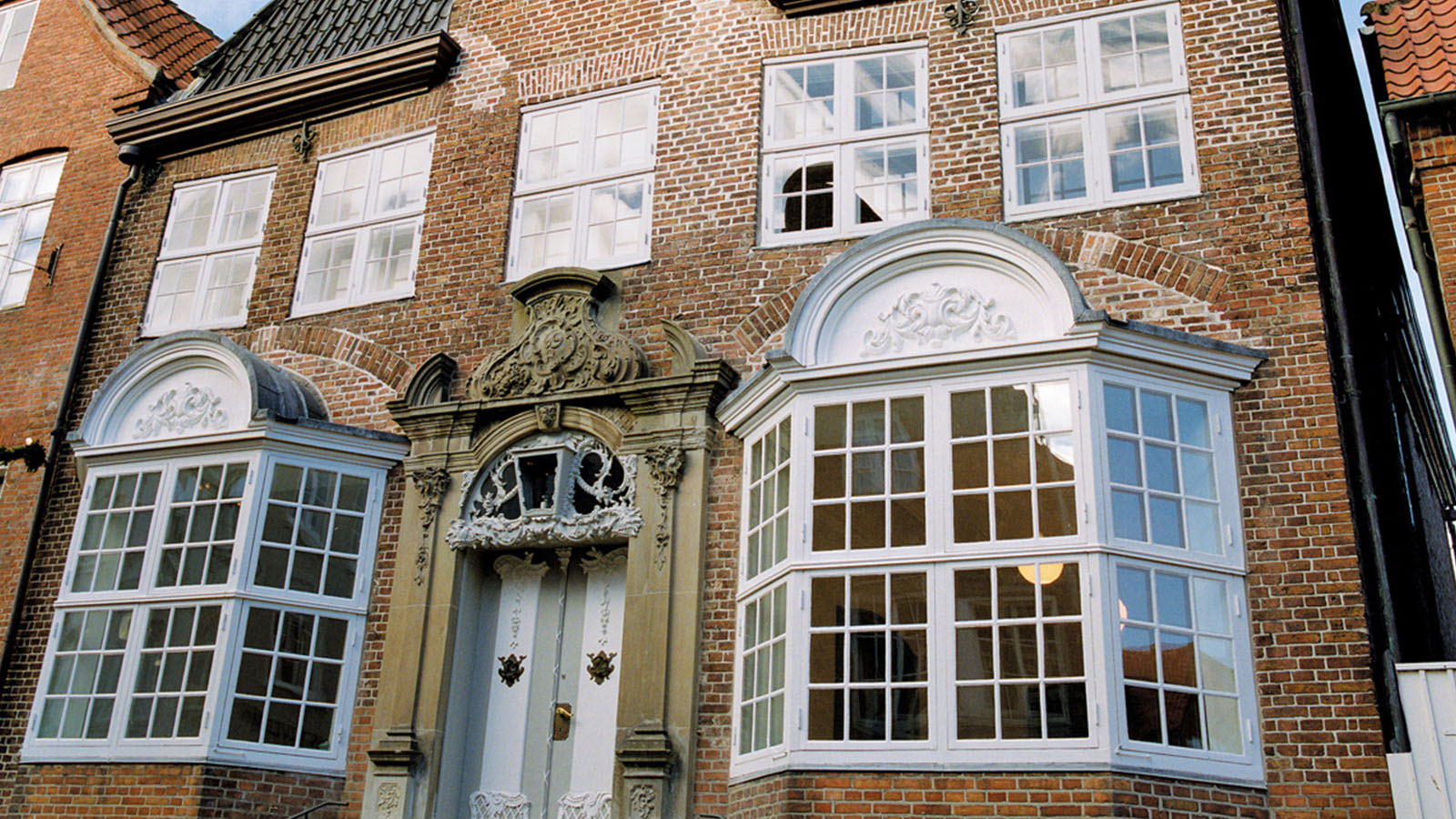Log ind info
During the 17th century, Dutch, and hence also Danish, architecture changed its character markedly, following a strong influence from England. Every last remnant of Gothic style disappeared, both in layout and in façade design. The characteristics of new buildings were symmetrical layouts, 'giant order' pilasters, i.e. extending over two storeys, ornamental garlands in sandstone under the windows, strongly moulded cornices, etc.

This new style is often called Dutch Late Baroque. Baroque was a further development of the classical idiom of the Renaissance. While the Renaissance aimed for calm and clarity, Baroque was restless and full of movement. Generally speaking, Baroque spelt a release from the academic requirements of the Renaissance.
In 1660, absolute monarchy was introduced into Denmark, the King ruling alone by divine right and enforcing uniform laws on the whole country. This also led to new building types, for instance the urban mansion and the first buildings specifically dedicated to administration (office buildings). The townhouses of the burghers were still half-timbered but with a stricter symmetry of bays and façade composition than before.
King Frederik IV's grand tour to Southern Germany and Italy at the start of the 18th century was to have a decisive importance in the stylistic development of architecture in Denmark. The previous influence from the Netherlands was abruptly replaced by new tones from Germany, and later from France. As something new, however, the imported architecture was increasingly 'translated' into Danish, primarily because a profession of Danish architects had begun to form.
From about 1730, Baroque gradually transitions into Rococo. This was a strictly symmetrical architecture decorated with sweeping ornaments inspired by nature, such as cockleshells. In clothing and in interiors, the style became more and more extravagant.
But, compared to its foreign inspiration, the translation of this style into Danish displayed a certain understated sobriety during nearly the entire period. Baroque large column orders become pilasters, and the curved façades of Rococo are limited to individual rocailles.
